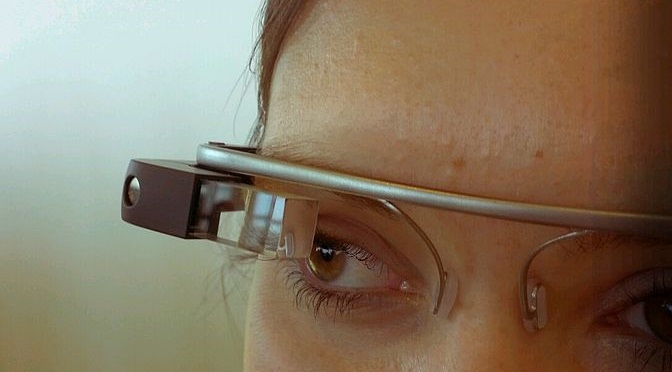 Video game localization has come a long way since a sub-par port of Zero Wing gave us the classic “All Your Base are Belong to Us” meme. As game companies have gone international, and as their products have ballooned from small-batch text-and-sprite diversions to interactive blockbusters, the industry that makes those games accessible to other cultures has done its best to keep pace – despite too often being treated as an afterthought by game companies .
Video game localization has come a long way since a sub-par port of Zero Wing gave us the classic “All Your Base are Belong to Us” meme. As game companies have gone international, and as their products have ballooned from small-batch text-and-sprite diversions to interactive blockbusters, the industry that makes those games accessible to other cultures has done its best to keep pace – despite too often being treated as an afterthought by game companies .
Find out how this process has evolved from basic text translation to fully embrace cultural norms, preferences and taboos as I explain …
How Video Game Localization Works





